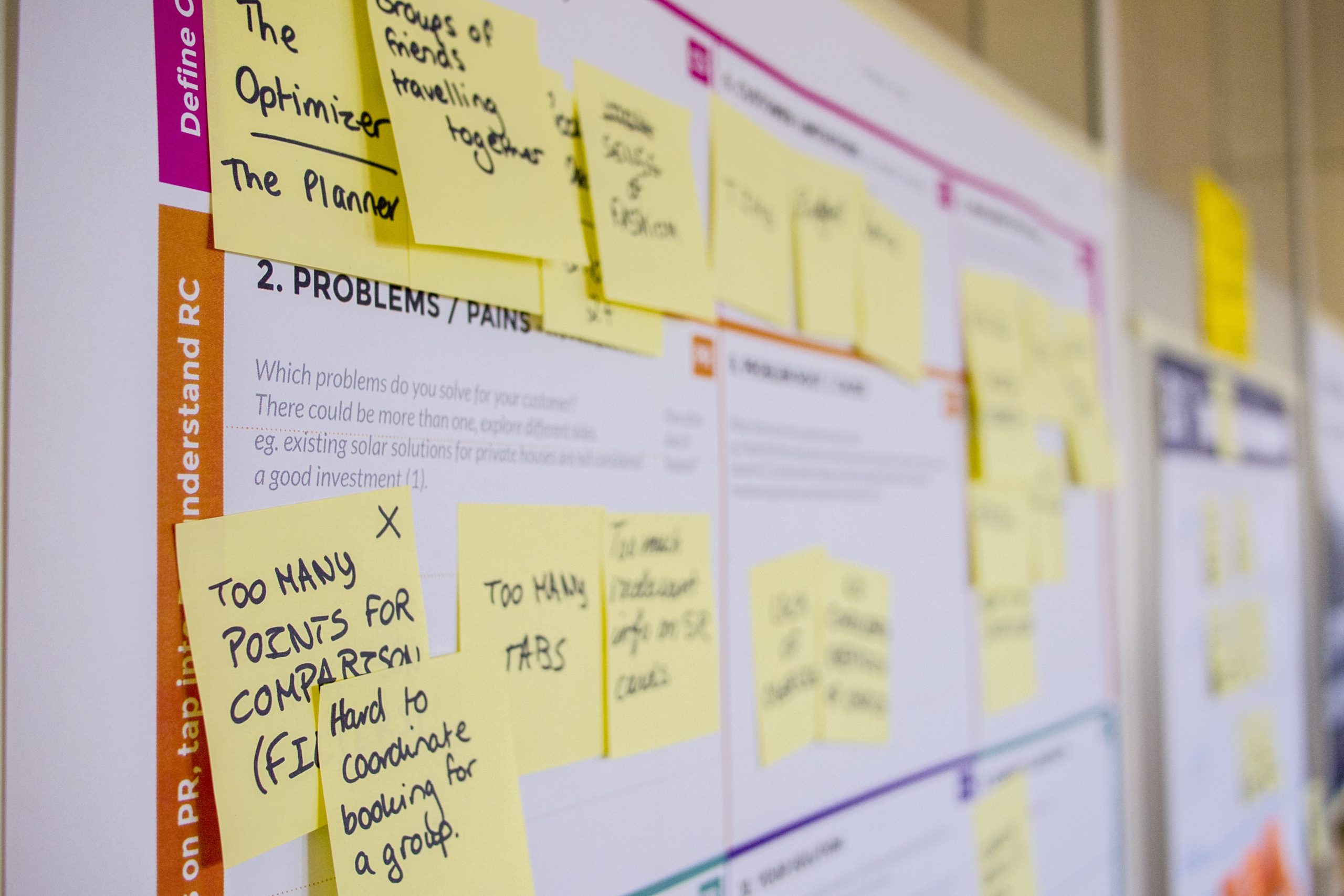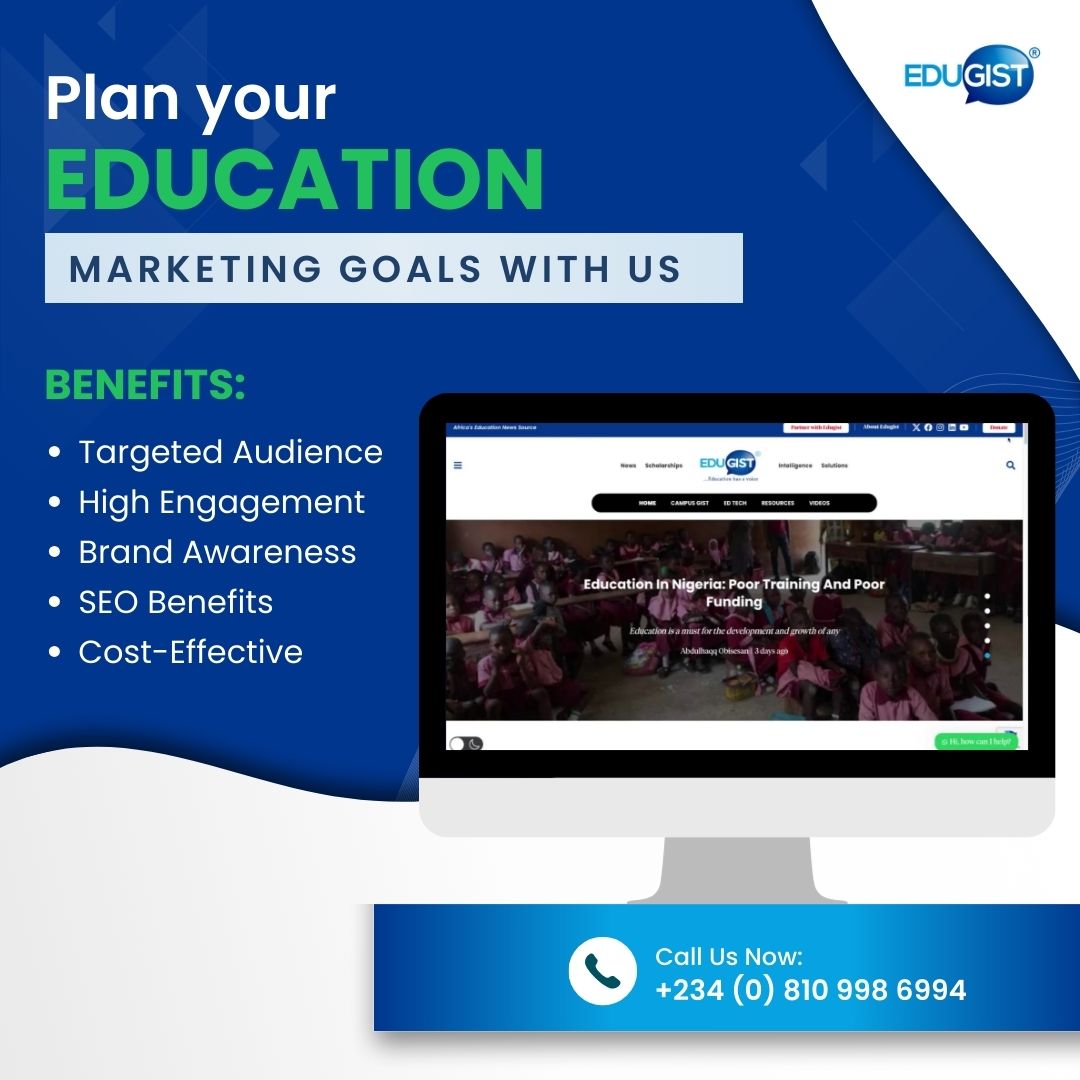If you ask anyone within the SME Industry either as a government official, consultant, or owner they will tell you this same thing.
“Structure and Funding” are at the core of SME problems.
While it is generally seen as two problems, I see it as one!
Why? Because if you solve the problem of “Structure” then you will attract funding.
So, the actual problem with most businesses is “Structure” and at the heart of solving this problem is “Models”
Model is the system by which your business makes money!
The emphasis is on the “System”.
This system rests on two pillars; Cost and Pricing (revenue) bearing seven other critical elements which I will enumerate shortly.
In business parlance, when discussing models, revenue models are most times used in place of business models, and the types of revenue models are usually listed as types of business models.
This occurrence only portrays the importance of revenue as a pillar of business models, but in actual fact revenue model is only a subset of “business model”, It contains most but not all of the elements.
Now let’s dive into the elements,
Customer Segments
Here you define who is to buy from you, who is your ideal customer, and who is your ideal consumer, sometimes they are the same, and sometimes they are not. You define what we call your “buyer persona” here, Picture the stick drawings you made when you were younger to represent human beings, that is what a buyer persona is, it is a fictional entity that represents your ideal customer/consumer in terms of age, demographic, gender, income, industry, pain points, goals, etc. Defining this “Buyer Persona” is critical as it ensures you build that service or product from your buyers and then back, guaranteeing a product market fit at launch.
Value Propositions
If you got your definition of your “Buyer Persona” right and you developed your product/service from them backward, then you already have a “Value Proposition”. Value Proposition is what makes the customer turn to you and not the other guy; Is your product/service easier, faster, or better?
Channels
It is a norm to say, “How you want to reach the customer”, but on this, it is better to say “How does your customer want you to reach them”, it is best to have two or three options that you will deploy and then find out which your customers are most responsive to, that is the one you should adopt or prioritize
Customer Relationships
Now you have found the channel that works, your customers are in, how do you build rapport with them, how do you nurture them and how do you grow your relationship with them? See your customers as “Love Interests”, what would you woo, romance, and keep them? If there is any brand that I know understands this, it is “Apple”.
Revenue Streams
Now this is the crux of the matter, how do you pamper and nudge your “love interests” to make that commitment, the “Money Commitment”?
All elements above are external in nature, they originate externally and head inwards to the business. The next four move in the opposite direction, that is originate internally and move outwards to deliver the value proposition.
Key Resources
This refers to everything (including Human Capital) you need to create that value for the customers. As Cassava is to make fufu or garri, so are key resources to creating value.
Key Activities
What are those things your human capital needs to do using other key resources to deliver your value proposition?
Key Partners
Who does your business need to partner with to deliver a better, easier, or faster value proposition?
Cost structure
Now this is the other pillar, how much will it cost to run this business model? , most new businesses make their greatest error here by underestimating the cost of running a model before the business breaks even (that is the point where revenue exceeds cost)
All nine elements captured here make up what is referred to as a “Business Model Canvas”, where they are arranged pictorially in boxes in a landscape format, and the entrepreneur fills in the spaces below each element to make a one-page document that easy to digest and improve on.
Traditionally, an individual who has a business idea is told to come up with a “Business Plan”, but reality sets in when the “Finance” section comes up and you do have data as the business cost or pricing structure has not been ascertained, at this point, you result to guesswork, and this renders the plan useless.
Do a business model canvass instead, effectuate and improve the model on-the-fly.















